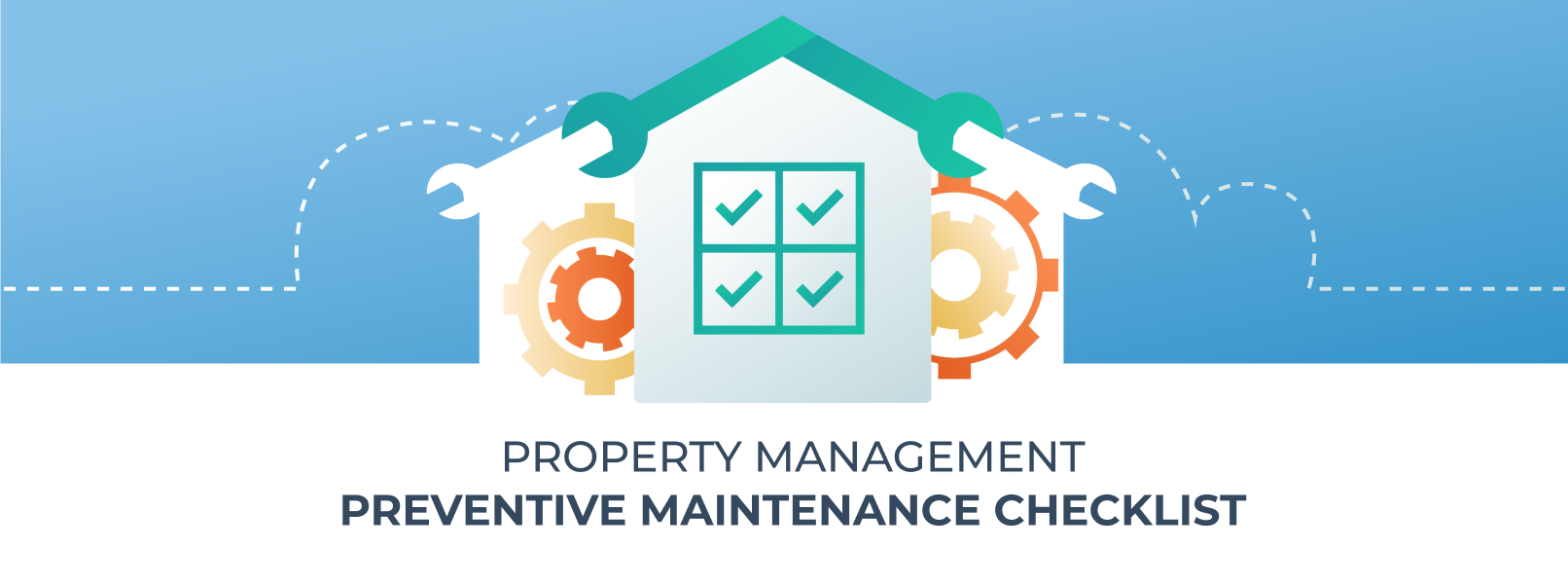Why Property Managers Should Perform Property Inspections
For property managers and property management companies, the annual rental property inspection is a critical part of any manager’s responsibilities. In order to ensure that a property is safe, functional and in good condition, it’s important to keep up with the necessary maintenance and updates. Luckily, there are certain inspections that landlords can do on their own without needing professional help.
If you’re a property manager, the annual rental property inspection is something you should be doing on a regular basis. In fact, it’s recommended that you perform an inspection every year in order to keep up with any maintenance issues that may arise over time. This article provides an inspection checklist template and will give you an idea of what your annual rental property inspection should include, as well as some tips for scheduling the inspection.
Annual inspections are an important part of maintaining rental properties and protecting your investment. They can help prevent problems before they get out of hand, ensuring that tenants stay in good shape and follow the terms of their lease.
Annual inspections can also help landlords make sure that they’re in compliance with state and local laws. Some states require landlords to conduct inspections on a regular basis, while other regulations vary by municipality.
We recommend bringing a camera so you can document the state of the property and then upload those images into the Manifestly Checklist you are using. We’ve created many property management checklist templates in our workflow template library including a free checklist template for property inspections. This template is free to copy and use in any system including using it in your Manifestly account.
Property Inspection FAQ
What is a property inspection?
A property inspection, or landlord inspection, is the process of inspecting your rental property to check for damage or any other issues. A landlord can also use an inspection as a way to find out if you’re keeping up with basic maintenance tasks like changing the filter in your air conditioner or cleaning out gutters.
How often should you inspect your property?
It’s recommended that you conduct an annual inspection at least once per year, but many landlords opt for bi-annual inspections instead. The frequency depends on how often tenants move in and out of properties, but it’s important that you schedule them at the same time each year so that there are no surprises when it comes time for renewal time! Monthly inspections may be more convenient if there aren’t many major issues needing attention every year (for example: mold). If this sounds like something you’d like more details about please reach out via email at [email protected] so we can talk further about what might work best for both parties involved here 🙂
What happens at a rental property inspection?
The rental inspection is an opportunity for you to get a clear picture of what needs attention and how much this work will cost. It’s also a chance for you to see if there are any issues that may not have been brought up before (like water damage or mold). At the end of the inspection, you should end up with a documented list of items that need maintenance attention.
How often can a landlord inspect a rental property?
A landlord can inspect a rental property at any time with reasonable notice to the tenant. Landlords are not allowed to do “drive-by” inspections where they just pass by and look around without giving notice.
Can a landlord let themselves in?
There are two situations where a landlord or property manager can let themselves into the property.
- If the tenant agrees in writing to this prior to the entry.
- If there is an emergency or serious health hazard that requires immediate attention and there is no time to give notice. If this happens, a landlord must provide written proof within a certain number of days of entry (for example: pictures of damage).
Can a tenant refuse a landlord inspection?
Yes, but only in the following instances:
- If the landlord does not give reasonable notice for entry.
- If the tenant has reasonable grounds to believe that an entry is unnecessary because there is no emergency or serious health problem that requires immediate attention.
- If the tenant has given written permission for entry on a regular basis and then withdraws permission.
Scheduling the Annual Rental Inspection with your Tenant
First, send a letter to your tenants that details the inspection and the date. Make sure you also include in this letter that they should be present during the inspection. Ideally, you’ll have given them enough time to prepare for their role as “hosts” during this annual event; if not, make sure you schedule another day for them to get ready. This letter should also include a reminder that the landlord has a right to enter the premises for an annual rental inspection. You may also want to include information about what will happen during this inspection and how they can prepare. You may want to consider sending your tenant a copy of their lease, which stipulates that they must allow access at reasonable times.
Seasonal Maintenance and Inspection Concerns
On top of a standard property maintenance inspection, there are seasonal issues that should be reviewed in some areas.
Pre-winter inspections
Pre-winter rental inspections are a good idea to ensure that the property is in working order before the cold weather hits. This will help prevent expensive repairs later on. Items to check before winter include:
- Check for exposed pipes
- Clean or replace furnace filters
- Sidewalk shovel and salt
- Check window and door seals
- Remove and store any AC units
Pre-summer inspections
Pre-summer inspections include checking for any signs of damage or wear and tear, as well as assessing the condition of the AC system.
- Check for damaged shingles
- Inspect exterior paint
- Clean gutters and downspouts
- Check locks on doors and windows
- Look for damage from winter ice and exposure
Property Inspection Checklist Template
Our free checklist templates are available in the Manifestly app as well as this property inspection checklist template. We’ve embedded the checklist below for you to review and use if you want.
How the Manifestly software can help with Rental Property Inspections
Each time you use your Property Inspection Workflow in Manifestly, it stores the results in the cloud, making it easy to share or print. Our system also lets you bring up past inspection reports for the property so you can see notes and findings from past inspections before performing the new one. Additionally, you can use checklist webhooks to update other systems such as Buildium or AppFolio automatically.
As a workflow solution, Manifestly helps ensure you don’t miss things in the process as well as helping you schedule and store a copy of the inspection via images and text collected during the inspection.
-
Don’t miss any steps. Be thorough and efficient.
Manifestly workflows ensure your team will never miss a thing with an agreed upon set of steps and instructions for every inspection. Your team can even look at previous inspections for the property to ensure they’re double checking issues that have been found in past inspections. -
Collect data including photos
Manifestly’s data collection feature lets you collect images taken via a phone or tablet during the inspection. These photos are then stored along with the inspection results for the life of your account. -
Schedule and get reminders
Manifestly can be integrated with other systems including calendar events so that you consistently plan for and schedule these inspections on time. -
Inspection Reports are stored in the cloud for easy access now and in the future
All checklist results are stored in the cloud for the life of your account. Easily share and print inspection reports or look up previous inspection reports for the property.
Conclusion
Annual or bi-annual rental property inspections by a property manager can result in a higher return on investment and reduce your risk of loss. Using the inspection template we have provided, a property manager should be able to create a detailed checklist and inspection schedule for every rental property. This will ensure that you don’t miss any important details when inspecting the property yourself and will help you spot problems before they become major issues.
Additional Resources
The National Association of Residential Property Managers (NARPM) offers courses on property maintenance.
The International Association of Certified Home Inspectors – InterNACHI, offers a Property Inspectors course.







